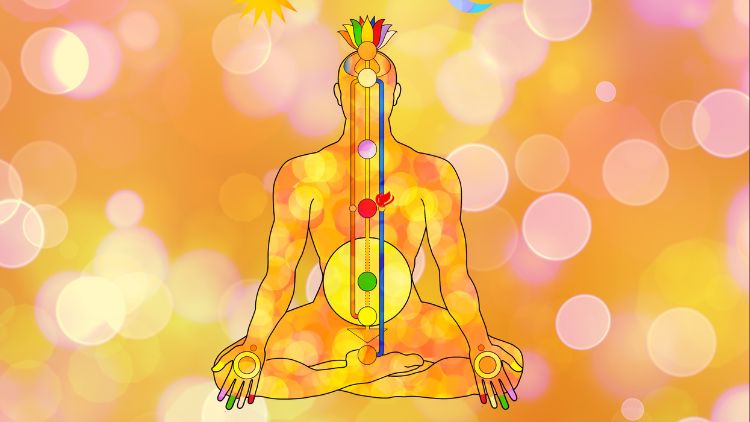Explained: Ayurveda ‘the science of life’


Many academics believe that Ayurveda is the oldest branch of medicine. Ayurveda translates to “The Science of Life” in Sanskrit. The “Mother of All Healing,” ayurvedic knowledge has its roots in India and dates back more than 5,000 years. It comes from the ancient Vedic culture and has been passed down orally from great masters to their students for many, many years. Many of the natural healing philosophies that are currently common in the West, such as Homeopathy and Polarity Therapy, have their roots in Ayurveda.
According to Ayurveda, there are three fundamental categories of energy or functional principles that are present in everything and everyone. We employ the original Sanskrit words vata, pitta, and kapha since there isn’t a single phrase in English that can express these ideas. These ideas can be connected to a person’s fundamental understanding of biology.
Vata is the energy of motion, pitta is the energy of metabolism or digestion, and kapha is the energy of structure and lubrication. All humans possess the vata, pitta, and kapha traits, although often one is the predominant quality, one is the secondary, and the third is typically the least noticeable.
Ayurvedic philosophy states that the five major elements of space, air, fire, water, and earth interact to create the universe. Vata, pitta, and kapha are combinations and permutations of these five components that appear as patterns throughout all of creation.
Vata consist of air and space. People with a predominant Vata element have thin bodies and struggle to gain weight. Vata encourages flexibility and creativity when it is in balance. It causes worry and anxiety when it is out of equilibrium.
Pitta is made up of fire and water. People with pita as a dominant element have a fiery disposition since the element of fire rules them. They have a medium-athletic build and a very powerful digestive system. Pitta, when it’s in balance, fosters comprehension and wisdom. When out of equilibrium, pitta causes jealousy, enmity, and rage.
Kapha is formed from earth and water. The physique of the Kapha people are bigger. They frequently gain weight, have a combination skin, and are sociable. When kapha is balanced, it manifests as forgiveness, peace, and love. When out of harmony, it causes attachment, greed, and jealousy.
When we understand Ayurveda, we learn how to make lifestyle changes to reach and sustain the balance of the body, mind, and awareness depending on one’s own constitution.
Top 6 Vital Vitamins For Women To Include In Their Daily Diet

Women are often overlooked when it comes to taking care of their health, but there’s no reason to feel like you can’t do it on your own. With the right vital vitamins, you can achieve and maintain a healthy
Kundalini: The Powerful Energy that Unlocks Both the Dark and Positive Sides of Yoga

Kundalini is a Sanskrit word that refers to the dormant energy that lies at the base of the spine. According to the yogic tradition, this energy can be awakened through various spiritual practices, such
Life Of Krishnamacharya: A Powerful And Influential Figure In The World Of Yoga

On November 18, 1888, near Mysore, India, Krishnamacharya was born, the son of a great scholar of the time, Srinivasa, and his wife Ranganayaki. Krishnamacharya was educated by his father in the traditional
